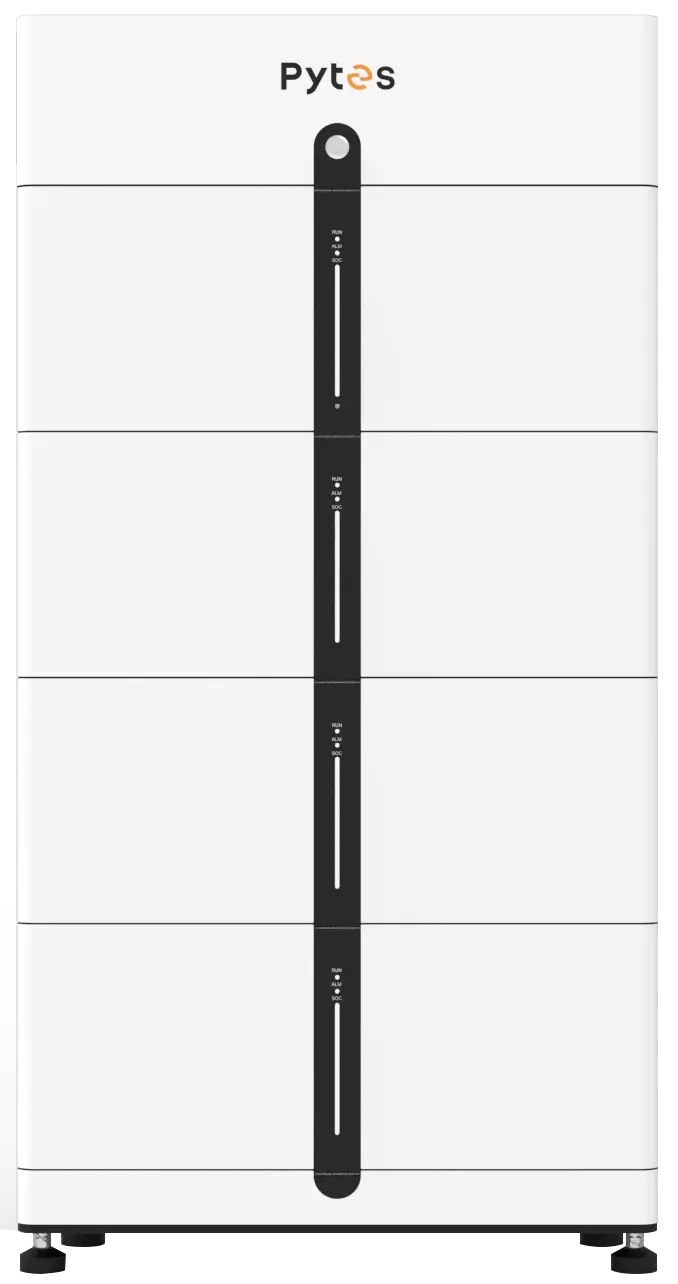As electricity prices continue to fluctuate and renewable energy adoption grows, homeowners are increasingly exploring energy storage solutions. Among these, low-voltage stacked battery systems are gaining popularity due to their enhanced safety, modularity, and ease of installation. But are they a worthwhile investment? This article delves into the costs, benefits, and return on investment (ROI) of such systems, particularly focusing on the Pytes Pi LV1—a reliable low-voltage stacked battery storage solution.
Initial Investment:
Battery system cost: The upfront cost of a low-voltage battery system depends on capacity, brand, and technology. The Pytes Pi LV1, for instance, offers a modular design with capacities ranging from 5.12 kWh to 30.72 kWh per unit, making it a scalable option for different household energy needs.
Installation costs: Unlike traditional battery systems that require complex wiring, the Pytes Pi LV1 features a plug-and-play design, reducing installation time to just 15 minutes and lowering labor costs.
Additional components: Inverters, smart energy management systems, and monitoring tools may add to the total cost.
Operating and Maintenance Costs:
Minimal maintenance: With non-hazardous LFP (lithium iron phosphate) battery chemistry, the Pytes Pi LV1 offers a longer lifespan and stable performance with low maintenance requirements.
Software upgrades and monitoring: Pytes' Smart Monitor allows homeowners to track system performance in real time and receive remote upgrades, ensuring the system remains optimized over time.
Time-of-use (TOU) Optimization: Many regions charge higher electricity rates during peak hours. A battery system like the Pytes Pi LV1 enables homeowners to store energy during off-peak hours and use it during peak demand, significantly lowering their electricity bills.
Solar Self-consumption: Households with solar panels can increase their solar energy usage by storing excess power during the day and using it at night, reducing dependence on the grid.
Backup Power Supply: For areas prone to power outages, the Pytes Pi LV1 offers reliable energy storage, ensuring an uninterrupted power supply.
1. Safety: Low-voltage systems like the Pytes Pi LV1 are generally safer than high-voltage counterparts, reducing risks of thermal runaway.
2. Scalability: With an expandable capacity of up to 122.88 kWh, the Pytes Pi LV1 allows homeowners to start with a smaller investment and expand as needed.
3. Installation Efficiency: The Pi LV1’s compact and modular design makes it ideal for space-constrained homes, unlike bulkier high-voltage systems that require more complex installation.

Battery Lifespan vs. Savings: A high-quality LFP battery like the Pytes Pi LV1 typically lasts over 6,000 cycles, ensuring a long service life. The cost savings from reduced electricity bills can often offset the initial investment within 5-7 years.
Government Incentives: Many governments offer subsidies or tax credits for home battery storage. Homeowners should explore these opportunities to improve their ROI.
For homeowners looking to reduce electricity costs, increase energy independence, and secure a reliable backup power source, investing in a low-voltage stacked battery system like the Pytes Pi LV1 can be highly beneficial. With its compact design, plug-and-play installation, and advanced monitoring features, the Pytes Pi LV1 provides a cost-effective and future-proof energy storage solution.
Exploring the Advantages of Stacked LV Battery Systems in Electric Vehicles